Description
Performance & Benefits
-
Efficiency & Capacity: Comparable or slightly superior to R‑502, with around 6% higher capacity and slightly improved theoretical efficiency
-
Lower Compressor Discharge Temps: Up to ~7.4 °C (13 °F) cooler than R‑502, potentially extending compressor lifespan and improving oil stability
-
Stable Performance Post-Leakage: As an azeotrope, R‑507 maintains performance even after recharge cycleS
-
Operational Conditions: Boiling point of about –46.7 °C (–52 °F) at 1 atm, making it well-suited for low‑temperature application.
-
Lubricant Requirements: Requires polyolester (POE) oils—monitoring and ensuring proper miscibility is critical. Mineral or alkyl benzene oils are incompatible.
-
Retrofit Advisories: For R‑502 system conversions, aim to replace at least 95% of original mineral oil, install a molecular sieve-type drier (XH9 preferred), upgrade expansion valves, and consider condenser upsizing for optimal efficiency
Safety, Handling & Regulations
-
Safety Classification: ASHRAE A1 (non‑flammable, low toxicity); Group L1 status
-
Health & Hazard Profile:
-
Colorless, volatile liquefied gas—high-pressure risk if heated
-
May cause asphyxiation in confined spaces; vapors heavier than air
-
Frostbite risk on direct contact; decomposition at >250 °C can release hazardous byproducts like hydrofluoric acid (HF)
-
Quick Comparison & Highlights
Feature Specification Blend Composition 50/50 HFC-125 / HFC-143a ODP / GWP 0 / ~3,900–3,985 Cooling Performance Similar or superior to R-502 Compressor Discharge Temp ~7 °C lower than R-502 Lubricant Requirement Polyolester (POE) oil Safety Rating ASHRAE A1 (non-flammable, low toxicity) Storage & Transport Cool, ventilated; UN3163, Class 2.2 Regulatory Handling Recovery required; no venting permitted
-

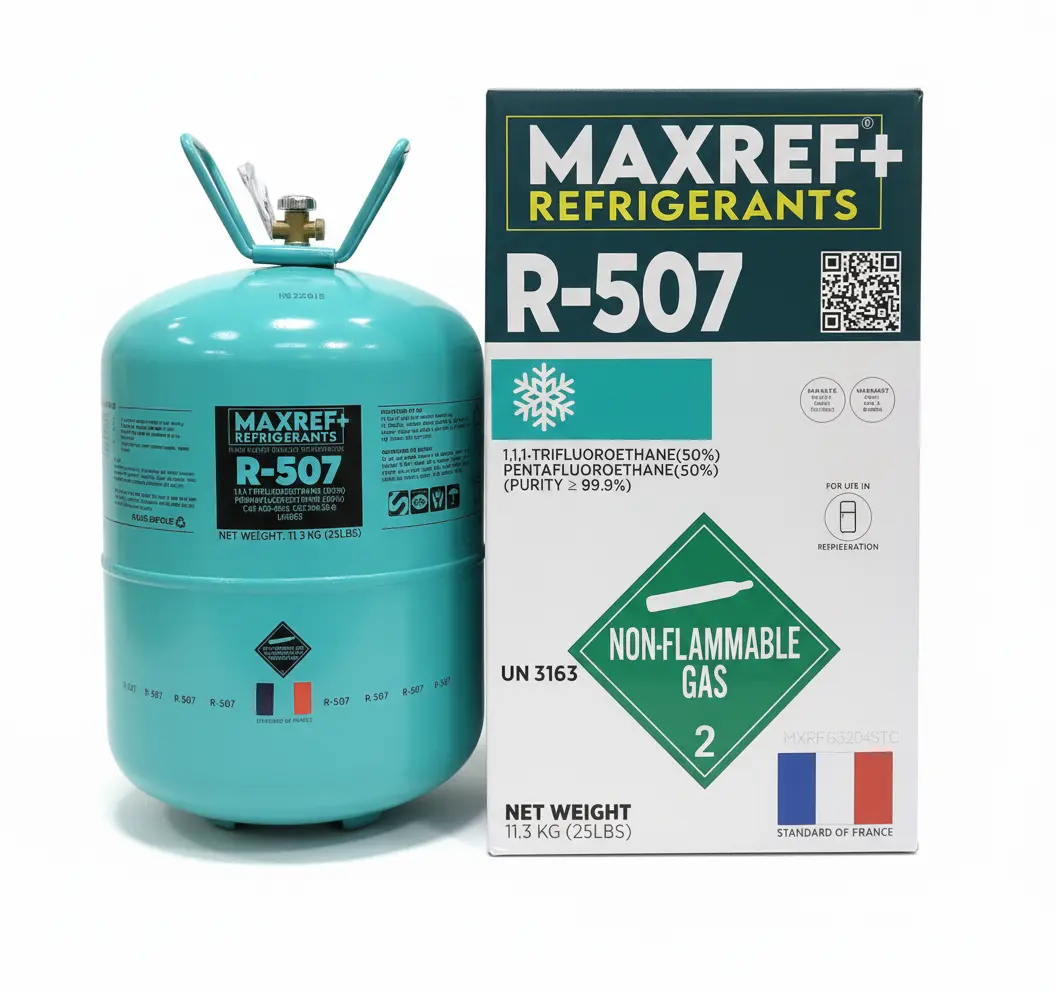

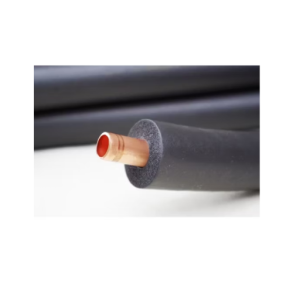
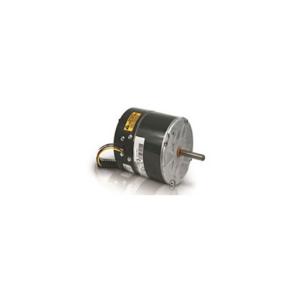
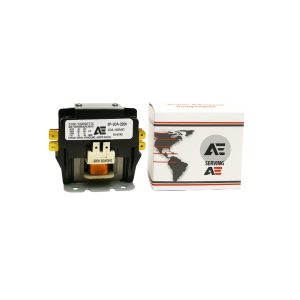
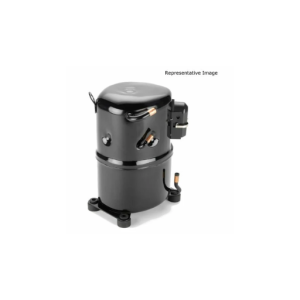
Reviews
There are no reviews yet.